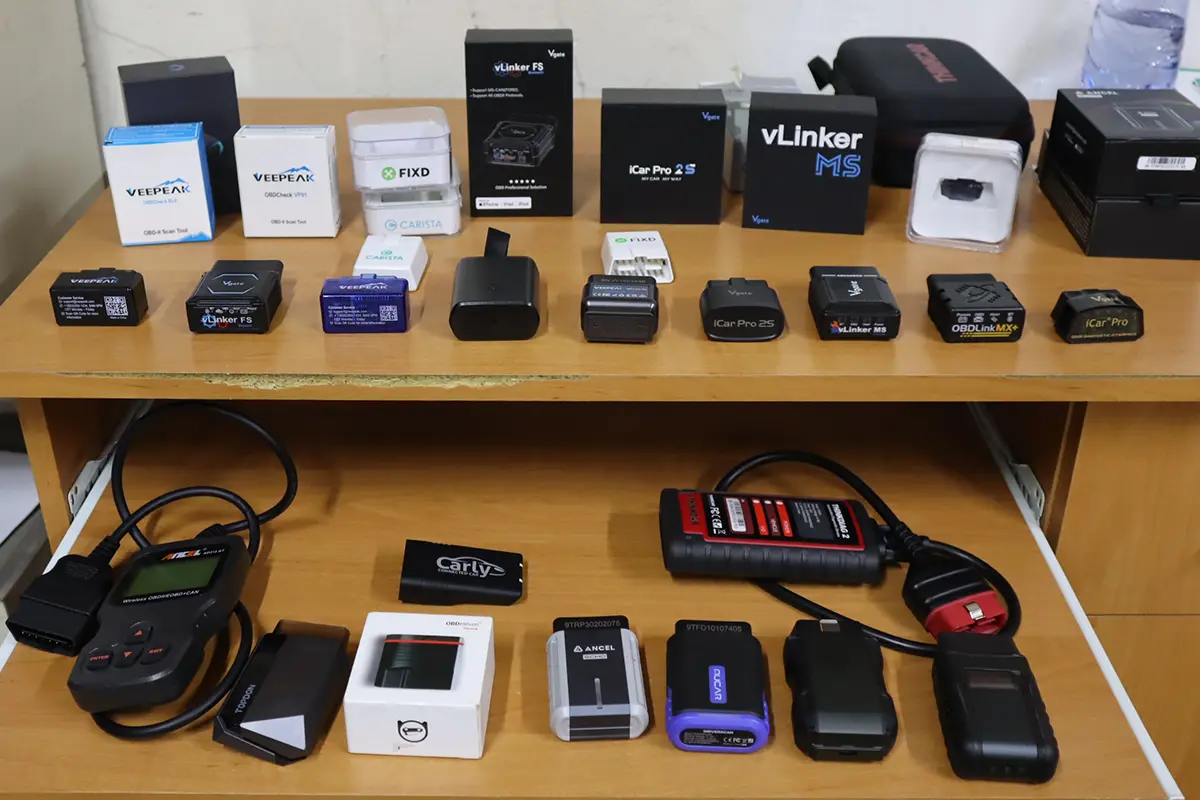The P0C22: Auxiliary Transmission Fluid Pump Phase U-V-W Circuit High fault code indicates that one of the phases (U, V, or W) in the auxiliary transmission fluid pump is experiencing higher than expected voltage. This issue can be caused by faulty wiring, poor connections, or electrical system malfunctions. High voltage can result in overloading the pump, potentially causing damage or improper operation.
P0C22 – Quick Overview
| Code | Information |
|---|---|
| Meaning | P0C22: Auxiliary Transmission Fluid Pump Phase U-V-W Circuit High |
| Is it serious? | Yes, high voltage can cause damage to the pump, leading to transmission cooling and performance issues. |
| Possible causes | – High voltage in the pump phase U, V, or W circuit – Faulty wiring or connections – Electrical system problems |
| How to diagnose? | – Measure voltage in the pump phase U, V, and W circuits – Inspect wiring and connections – Check electrical system for issues |
P0C22 Meaning
The P0C22 code indicates that one of the phases (U, V, or W) in the auxiliary transmission fluid pump is receiving higher-than-normal voltage. The pump requires stable voltage for proper fluid circulation, which is essential for cooling and efficient transmission operation. Excessive voltage could be caused by faulty wiring, poor connections, or problems in the electrical system and may result in overloading the pump, leading to damage.
Step-by-step diagnostic guide
| Action | Description | Tools Needed |
|---|---|---|
| Check for Other Codes | Use an OBD-II scanner to check for additional related codes, particularly those that indicate electrical system or pump performance issues. | OBD-II Scanner |
| Measure Voltage in the Pump Phase U, V, and W Circuits | Use a multimeter to measure the voltage in the phase U, V, and W circuits of the auxiliary transmission fluid pump. Compare the readings to manufacturer specifications to verify proper voltage levels. | Multimeter, Vehicle Manual |
| Inspect Wiring and Connections | Inspect the wiring and connectors for signs of damage, corrosion, or loose connections that could lead to high voltage readings. Repair or replace faulty wiring as necessary. | Flashlight, Multimeter, Wiring Diagram |
| Check the Electrical System | Inspect the vehicle’s electrical system, including battery, alternator, and voltage regulator, to ensure proper voltage regulation and no electrical system faults are causing the high voltage in the pump circuits. | Multimeter, Flashlight, Electrical System Tools |
| Test Pump Components | If the wiring and electrical system are functioning correctly, test the auxiliary transmission fluid pump to ensure that it is not malfunctioning or contributing to the high voltage issue. | Diagnostic Tool, Pump Testing Equipment |
| Clear the Code and Test Drive | After completing repairs, clear the fault code using an OBD-II scanner and perform a test drive to ensure the issue is resolved and the pump is operating properly. | OBD-II Scanner, Vehicle Owner’s Manual |
| Recheck for Codes | After the test drive, re-scan the system to ensure that the P0C22 code does not return. | OBD-II Scanner |

OBD-II scanner Buyer’s Guide
- Scanner features explained
- Different types of scanners
- Scanners for coding/odometer/ECU/checks
- Best picks + discount codes

Hi, I am Juraj “Yuri” Lukacko. I got frustrated by unhelpful and scammy mechanics, so I decided to learn everything about car diagnostics myself. I test dozens of new car diagnostic tools every month along with learning new strategies to fix and customize cars. About Juraj Lukacko (Yuri)